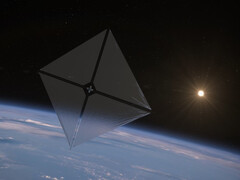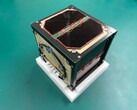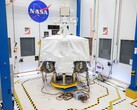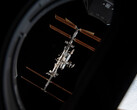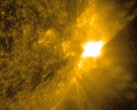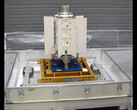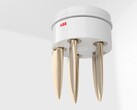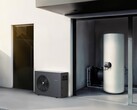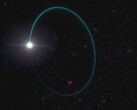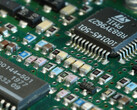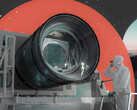The launch is planned for April. The "Advanced Composite Solar Sail System", ACS3 for short, is to be sent into low-Earth orbit from New Zealand. The satellite, which is the size of a shoebox, will then be about 1,000 kilometers (600 miles) above the Earth's surface.
A 9 by 9 meter (30 by 30 feet) solar sail then unfolds, which, according to NASA, differs significantly in its construction from previous attempts. The sail booms in particular are made of a newly developed material composed of carbon fibers and a flexible polymer.
This can be rolled up like a roll of adhesive tape. One of the masts, each 6 meters long (20 feet), fits comfortably in one hand. Once it is unrolled, however, it provides the necessary stability for initial tests with the awning.
In various orientations to the solar wind, this should show that the small satellite can not only be accelerated, but can also be maneuvered like a sailing ship.
If the tests are successful, this could completely change the use of satellites within the solar system. After all, the solar winds, consisting of charged particles, reach considerable speeds.
While good old Voyager 2 is traveling at around 15 km/s, i.e. just over 30,000 miles per hour, solar storms reach between 150 and 300 km/s. Converted, that would be just under 600,000 miles per hour. This would allow us to reach Neptune in half a year instead of 10 years.
Of course, this would require other dimensions, even just to accelerate today's mini-satellites sufficiently. Solar sails measuring 40 by 40 meters (140 by 140 feet) are already being planned, which would be around 25 times the size of the current test run.
But even the current test object is already large enough to be spotted with the naked eye. According to NASA, ACS3 is as bright as Sirius, the brightest star in the night sky, when the sail is unfolded and under favorable lighting conditions.




